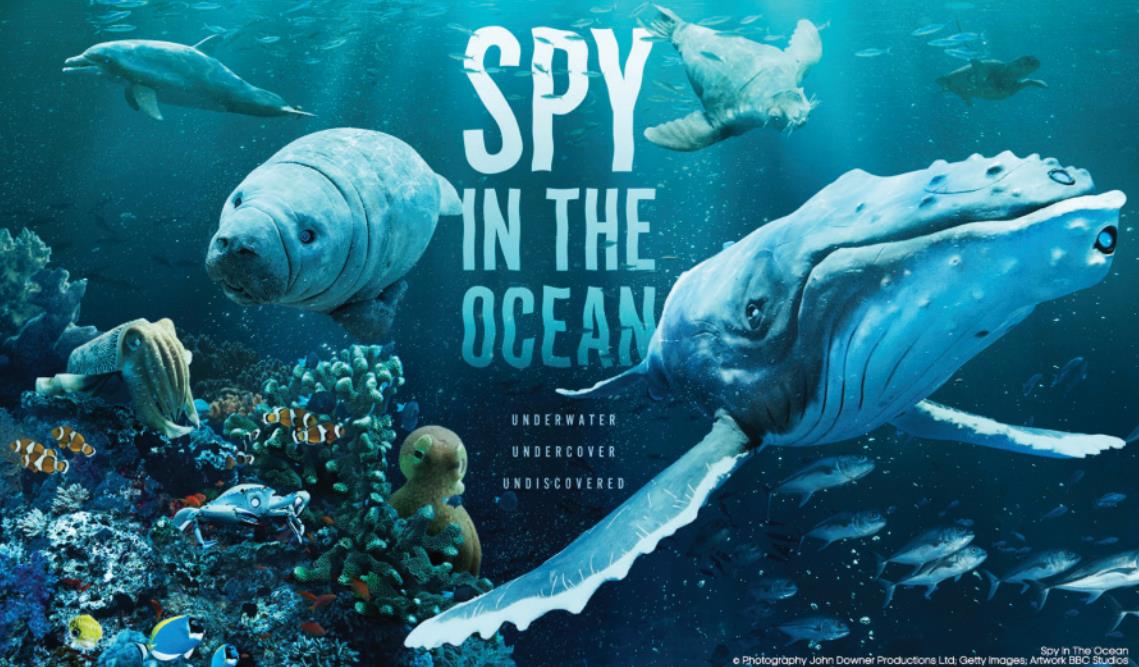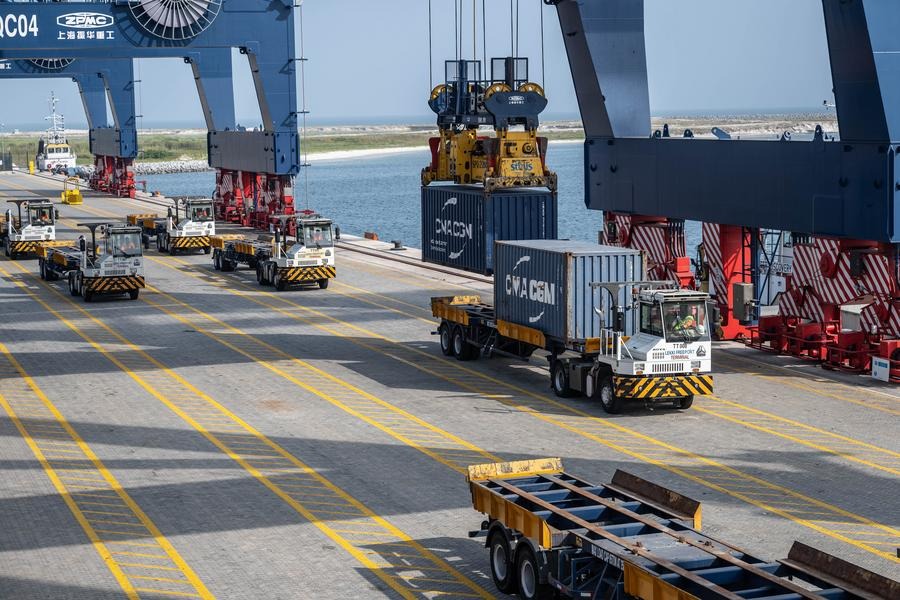Series turns spotlight on undersea stars


For years, viewers around the world have watched in amazement as natural history film makers have brought the most remarkable animal behavior into their homes.
In 2017, the first of two series entitled Spy in the Wild took viewer access to previously unimagined lengths, with cameras built into robotic animals and fake natural features presenting the wonders of nature up more closely than ever previously imagined.
Now in 2023, the cameras of multi-award winning British production John Downer Productions have reached new heights — or more correctly new depths — with their latest endeavor, Spy in the Ocean, which viewers in China can enjoy through Bytedance's Xigua video platform.
Filmed over three years in four of the world's five oceans, the series deploys robotic and animatronic creatures, from crabs to sperm whales, to get cameras inside animals' communities and habitats, showcasing the full wonder of life beneath the waves and on the ocean floor like never before.
"It wasn't an automatic thing to make Spy in the Ocean, but you always want to do something more innovative and after Spy in the Wild turned out to be such a success, we thought 'well, there is the ocean as well'," series producer Matthew Gordon told China Daily. "We always have to up our game with the next project, so it made sense."
More than 30 spy creatures, including crabs, cuttle fish, whales, octopi, iguanas, dolphins and sharks were built for the series, all of which had to combine being utterly believable to the other ocean residents with being utterly technically reliable for the filmmakers who would be employing them.
"We work with the best animatronics and robotics specialists from around the world to get these right — some of them worked on the Harry Potter films," added Gordon.
"There are so many things that you have to get right — from the outset up until they're launched into the ocean, they're being tested all the time. Factors such as the difference between freshwater and salt water, or the salinity of the sea they're going into, can make a vital difference to how they float, so it's a very complex job. They have to look right and move the right way, too."
The fruits of all this preparation work are some of the most remarkable sealife sequences ever recorded, although another of the show's producers, Huw Williams, is keen to stress that the electronic organisms are not causing the creatures to behave in an unnatural way for the cameras.
"The animals approach our spy, we don't force our spy into the situation," he said.
"Them being there brings out so much character from these creatures that has never been seen before, bringing them to life in a way viewers can understand, and also revealing a lot of important scientific information about their behavior and intelligence."

































